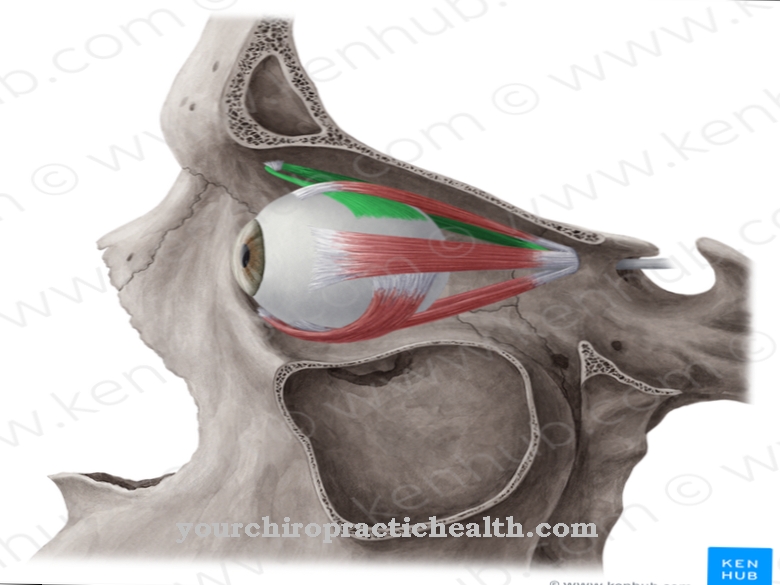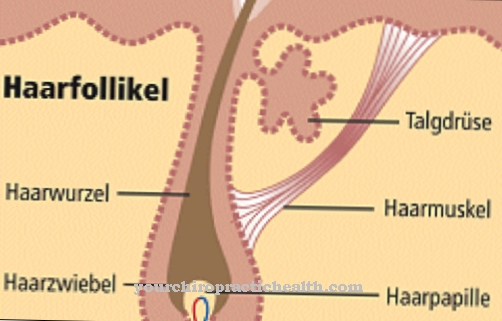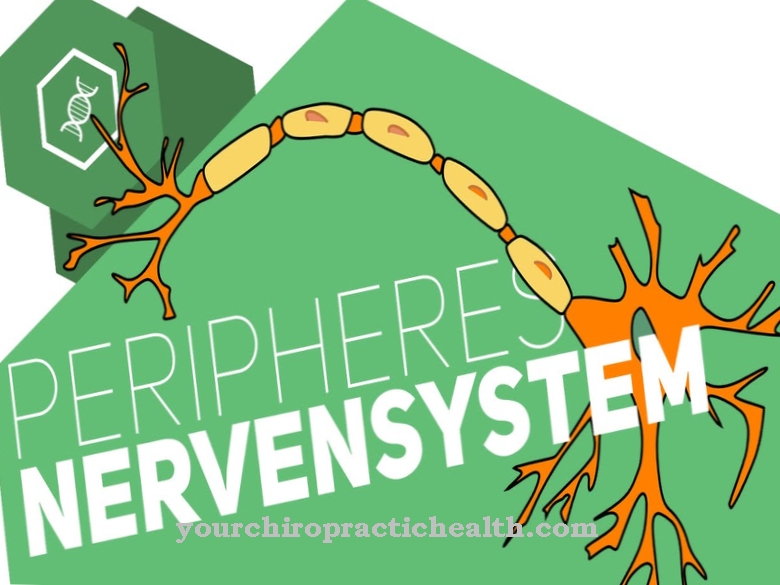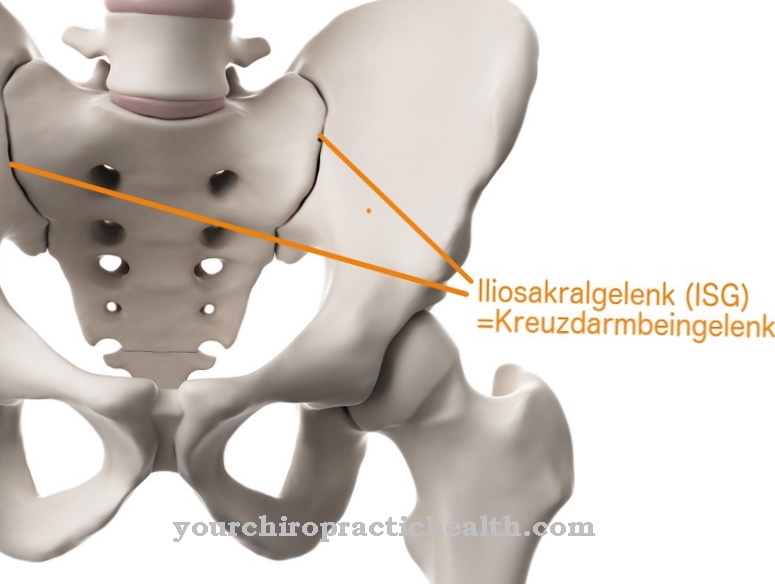Of the occipital lobe is the rearmost part of the cerebrum that contains the primary and secondary visual cortex. This visual center is primarily responsible for processing and interpreting visual sensory impressions. As a result of a cerebral infarction, damage to this brain region can result in cortical blindness.
What is the occipital lobe?
Or under the occipital lobe Occipital lobe neurology understands the rearmost part of the cerebrum. This area is the smallest of the four lobes of the brain. The occipital lobe consists of three areas. Together with the calcarin sulcus, the primary and secondary visual cortex form the entirety of this brain region. The cuneus lies above the sulcus calcarinus, with the lingual gyrus located below it.
The occiital lobe rests against the occiput and sits above the cerebellar tent that separates this brain area from the cerebellum directly below. The occipital lobe borders both the temporal and parietal lobes. The brain area is also known as the visual center, as all visual information is processed here. Both the primary and secondary visual cortex are located in this area and are often summarized as the visual cortex. Together with the parietal, frontal and temporal lobes, the occipital lobe makes up the entirety of the cerebrum. The occipital lobe has no clearly recognizable border to the temporal lobe.
Anatomy & structure
The primary visual cortex is also known as the six-layer Brodman area 17 and lies on both sides of the calcarinus sulcus. In the inner granular layer of this area there is a nerve fiber band, also known as the Vicq-d’Azyr stripe, which gives the area its striped appearance. The secondary visual cortex is connected to areas of the cerebral cortex such as the angular gyrus or the frontal lobe. The occipital lobe is connected to the blood supply by veins and arteries.
It is mainly supplied via the posterior cerebral artery. The blood flows out of this area through the ascending superficiales ascendentes cerebri vein and the descending superficiales descendentes cerebri vein. Both veins are superficial cerebral veins. The blood reaches the superior sagittal sinus via the ascending vein. The blood from the descending vein, on the other hand, runs into the transverse sinus, which joins the superior saggital sinus. From the transverse sinus, the blood is drained from the brain into the jugular vein and in this way leaves the head.
Function & tasks
The functions and tasks of the occipital lobe are primarily visual and associative in nature. The processing of all visual stimuli from the temporal ipsilateral and nasal contralateral retina takes place in the primary visual cortex of this brain area. The right occipital lobe processes the signals from the right halves of the retina and the left part of the structure is responsible for processing the signals from the left halves of the retina.
Each retinal point is networked with a specific area of the primary visual cortex. The incoming information is processed by the primary visual cortex of the occipital lobe in cortical columns. These columns correspond to groups of cells lying one on top of the other. Some cell groups in this area also filter out certain information or visual patterns from an overall visual impression. This process is also known as property extraction. Unlike the primary visual cortex, the secondary visual cortex is a center of association. Interpretation takes place here instead of processing.
This area corresponds to Brodmann areas 18 and 19. Here, the finished visual patterns of the primary visual cortex are compared with previously collected sensory impressions. This comparison makes it possible to interpret a visual impression. The recognition of what is visually perceived takes place in this area of the brain. The connecting paths to the angular gyrus and the frontal lobe enable the abrupt articulation of a visual impression and the coordination of eye movements.
You can find your medication here
➔ Medicines for visual disturbances and eye complaintsDiseases
The tissue in the area of the occipital lobe can be damaged. Most often such damage occurs as a result of trauma or bleeding and inflammation. If there is unilateral damage to the primary visual cortex, this usually manifests itself in the form of contralateral, i.e. opposing, visual field defects. Sometimes only the perception of contrasts and brightness is reduced or those affected perceive a blind spot in a certain part of the field of vision.
If there is damage to the primary visual cortex on both sides, this can result in cortical blindness. The eye reflexes are usually retained. If, instead of the primary visual cortex, the secondary visual cortex suffers damage, this can lead to visual or optical agnosia. Depending on the location and extent of the damage, those affected no longer recognize objects, can no longer perceive the overall picture of a visual impression or lose visual perception entirely.
Some damage to the secondary visual cortex also manifests itself only in an inability to recognize writing or to read and write. In addition to strokes, trauma and inflammation, inflammatory diseases of the central nervous system can also destroy the tissues of the occipital lobe, such as multiple sclerosis. Under certain circumstances, disturbances of spatial perception or movement perception also occur in the context of an occipital lobe lesion.The most common cause of damage to the areas described remains infarcts of the middle and posterior cerebral artery. In contrast, the occipital lobe is rarely affected by diseases such as Alzheimer's.













.jpg)

.jpg)
.jpg)











.jpg)